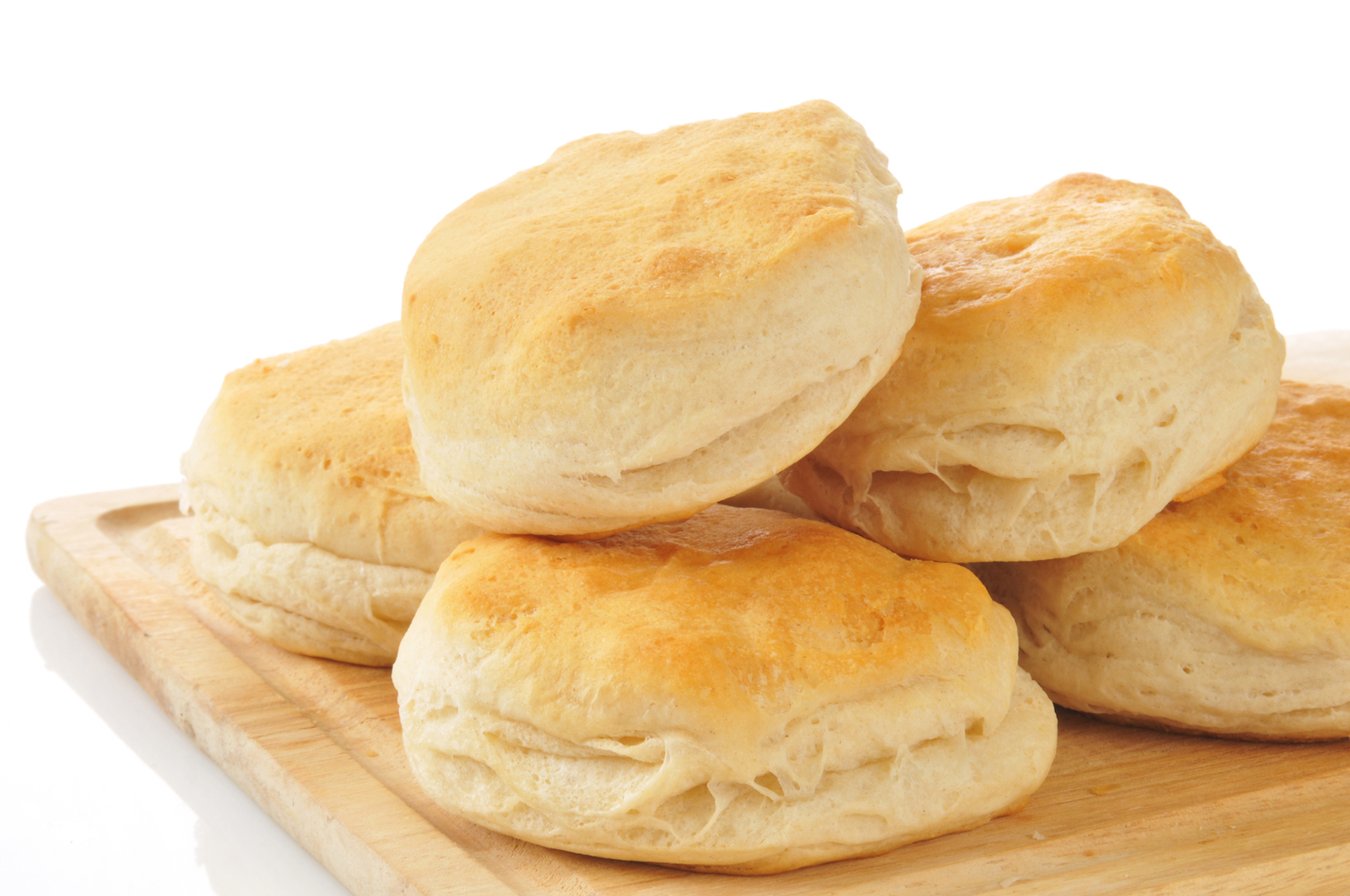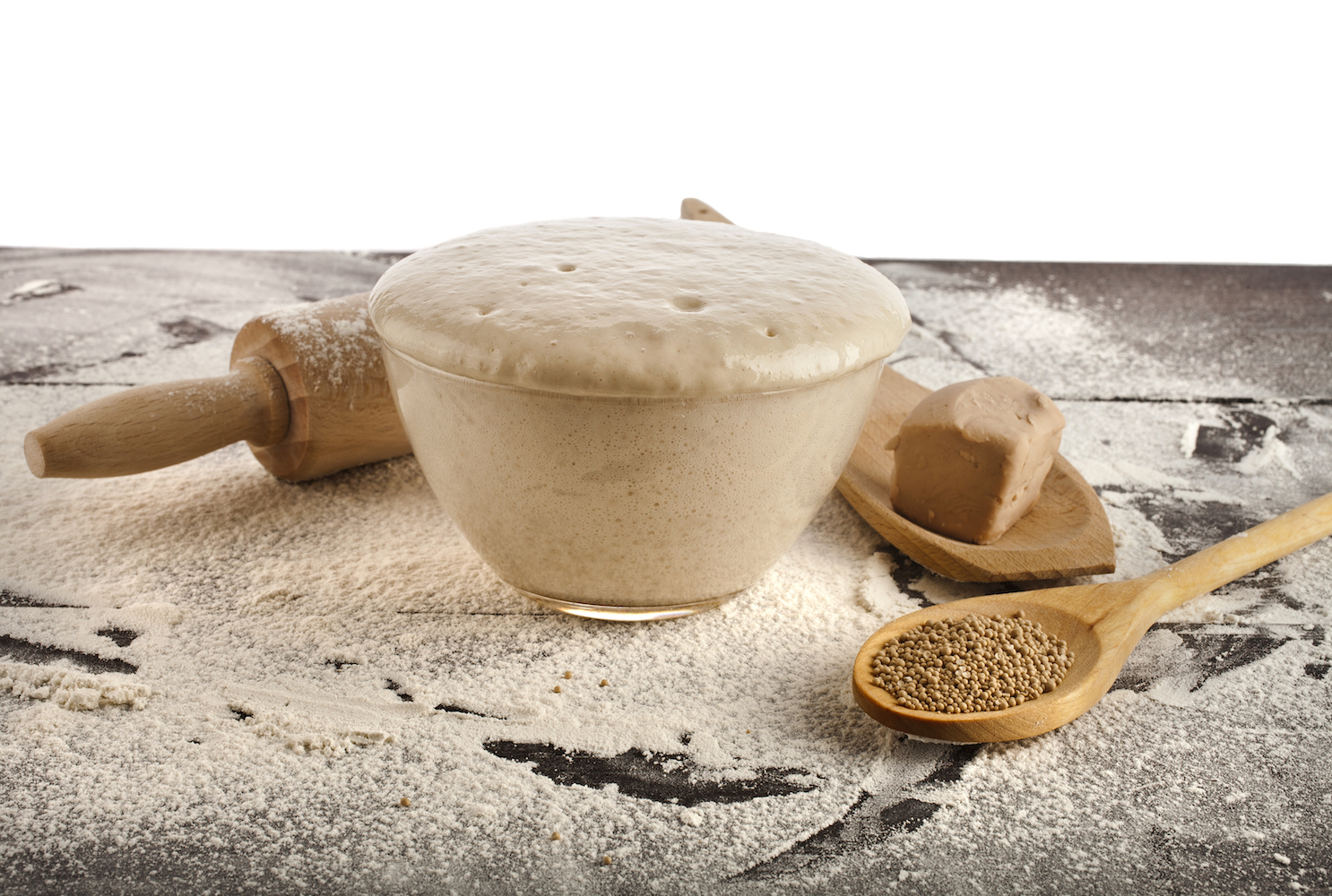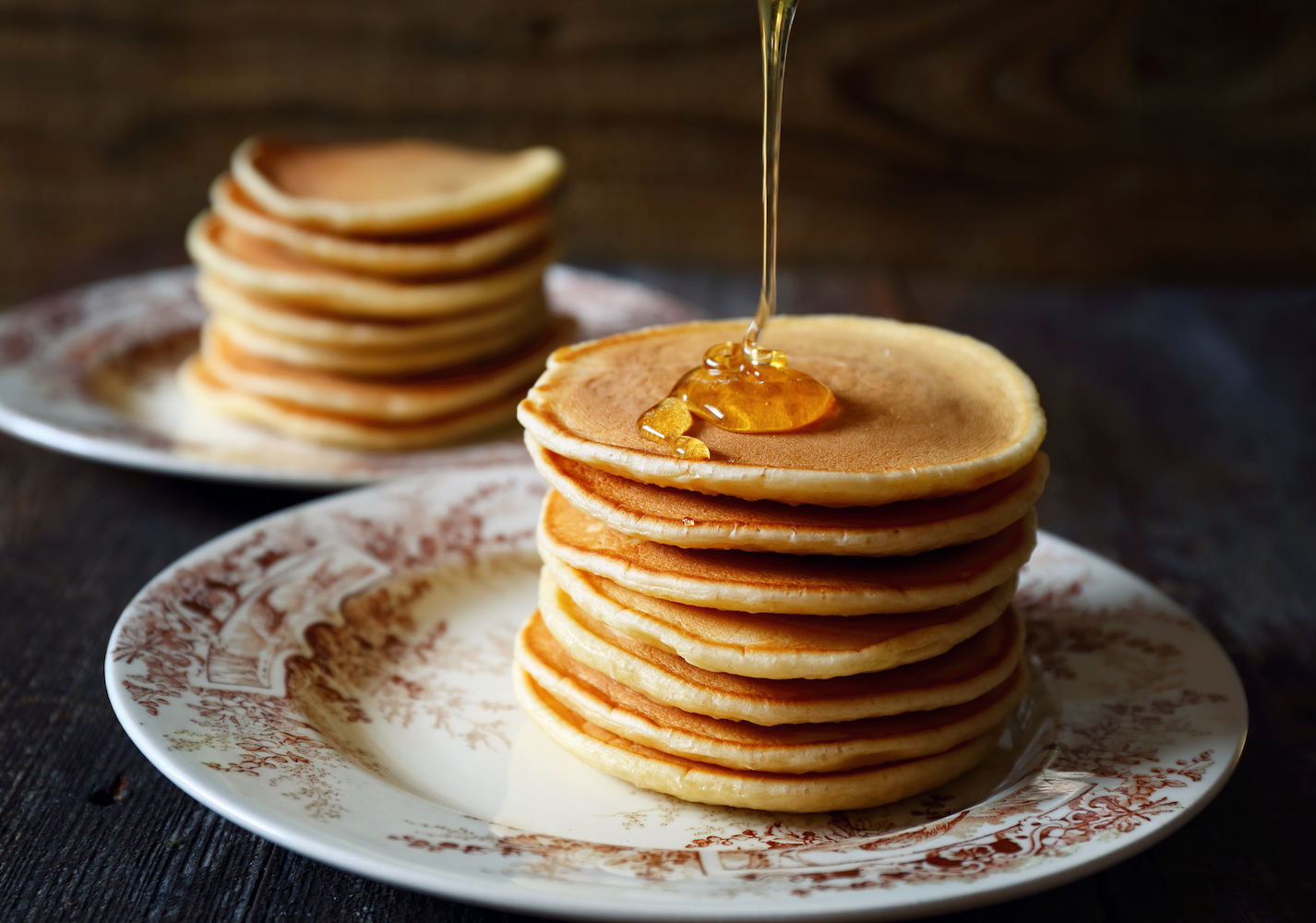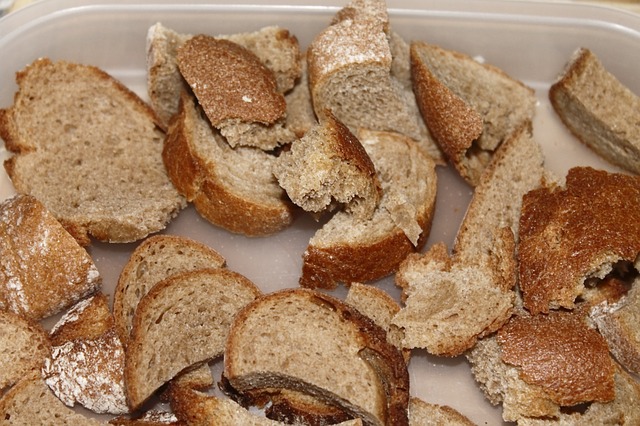Good Flour Makes Good Biscuits
When I was young, my mother only made biscuits that came in a can. I’ve since eaten real homemade biscuits, and I can sure tell a difference. There were no canned biscuits or boxed mixes in the 1800s, though. Biscuits, breads, and other bakery items were made from scratch. INFORMATION BELOW FROM 1800s COOKBOOKS BISCUITS The word biscuit means twice baked, from the old way of cooking the cakes which is now no longer in use. Plain biscuits are said…




